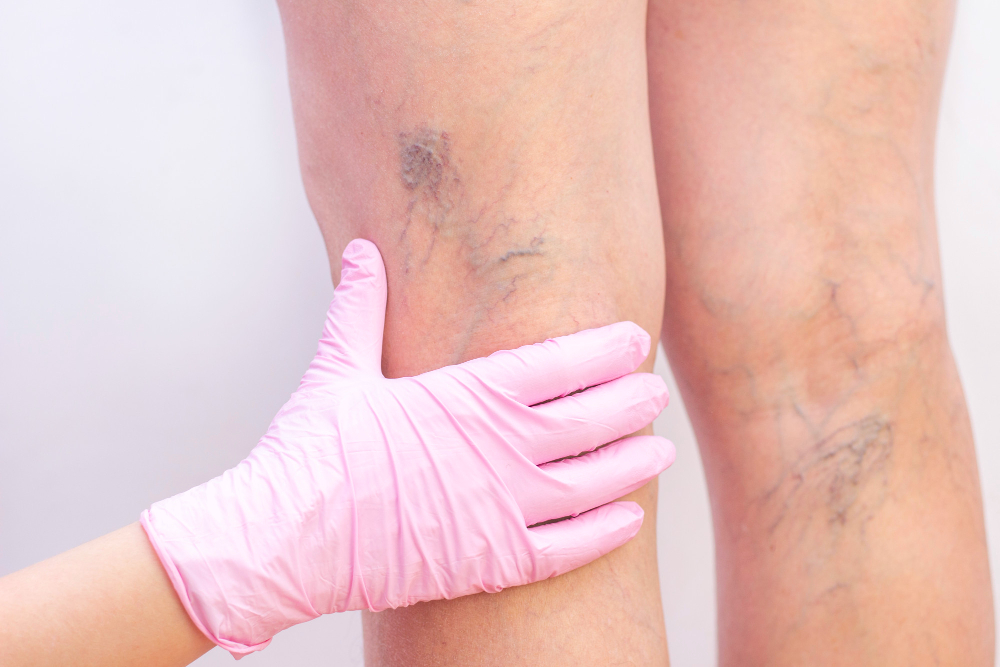
Superficial venous thrombosis often develops suddenly, causing swelling and pain in your leg. Although this type of blood clot seldom breaks away to cause dangerous conditions, such as a pulmonary embolism, it’s important to see Mark Matey, DPM, at Jacksonville Vein Specialists to receive a thorough exam and be sure you don’t have a more serious condition like deep vein thrombosis. Schedule an appointment online or call one of the three offices, with two locations in Jacksonville and one in Palm Coast, Florida.
request an appointmentWhat causes superficial venous thrombosis?
Thrombosis is an inflammatory condition that causes a blood clot. There are two types of venous thrombosis: deep and superficial. Deep vein thrombosis refers to a clot that develops in a vein deep in your leg, while superficial venous thrombosis affects a vein that’s close to the skin’s surface.
Superficial venous thrombosis most often affects the legs, but it can also occur in your groin or arms. Varicose veins are the most common cause when it occurs in your legs. Even a slight injury to a varicose vein can trigger inflammation followed by a blood clot that sticks to the vein wall.
One type of superficial venous thrombosis, migratory phlebitis, occurs when the blood clot repeatedly appears in different locations. This is a venous condition that develops in patients who have cancer.
Am I at risk for superficial venous thrombosis?
Varicose veins are one of the top risk factors, but you may also have a higher chance of developing superficial venous thrombosis if you:
- Have chronic venous insufficiency
- Have a health condition that increases blood clotting
- Sit or lie still for a long time
- Use birth control pills or hormone replacement therapy
Blood clots are also more likely to form during pregnancy.
What symptoms develop due to superficial venous thrombosis?
The inflammation of superficial venous thrombosis causes pain and swelling that develops rapidly. The skin over the inflamed vein becomes red, and the area feels warm and tender. The vein may feel like a hard cord rather than a soft, normal vein. However, the blood clots that cause superficial venous thrombosis seldom break away from the vein.
How is superficial venous thrombosis treated?
Dr. Matey normally diagnoses superficial venous thrombosis based on its appearance. However, if you develop symptoms in an area where you don’t have varicose veins, he may perform ultrasound or venography to see if you have any blood clots in deeper veins.
You may need to use warm compresses and anti-inflammatory medication or analgesics to relieve the pain caused by superficial venous thrombosis. Depending on the severity of the condition, Dr. Matey may remove the blood clot and apply a compression bandage. He may also prescribe anticoagulant medications to prevent ongoing clotting.
If you develop sudden swelling and pain in your leg, call Jacksonville Vein Specialists or book an appointment online.
